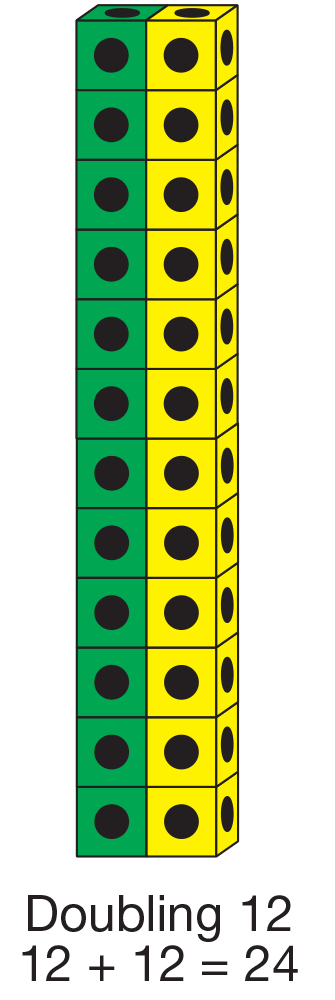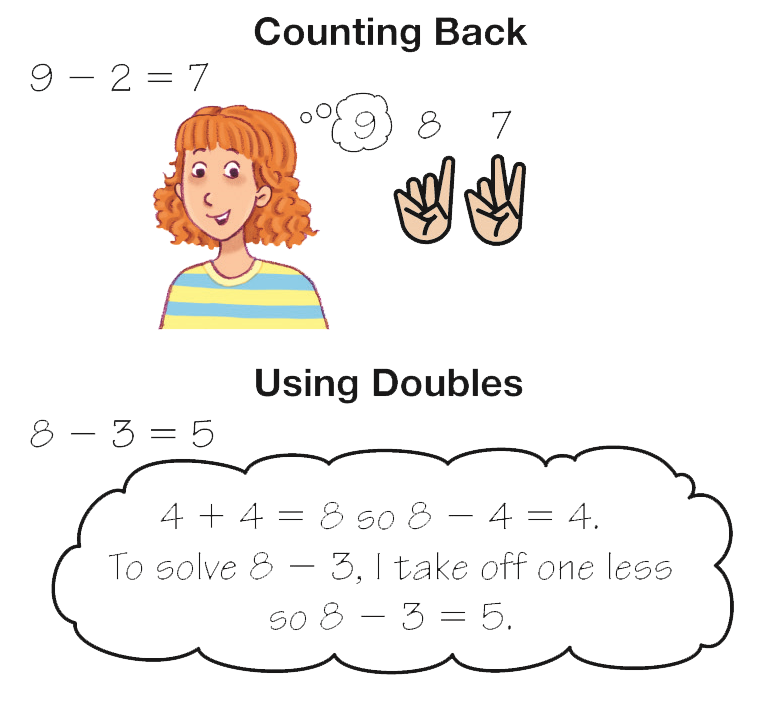Students collect, record, and graph data while they measure the size of buttons. Pairs of students sort a handful of buttons by size and then decide how to record their data in a table and on a bar graph.
Content in this Lesson
- Representing addition and subtraction problems using counters, number lines, drawings, and number sentences [E6].
- Solving word problems (e.g., join, separate/take away, part-whole, compare) involving two whole numbers whose sum is within 100 [E7].
- Sorting and classifying objects by their characteristics [E8].
- Collecting and organizing data in a data table and bar graph [E9].
- Using a table or bar graph to solve problems about a data set [E10].
- Knowing what is important to solve a problem [MPE1].
- Finding a strategy for solving a problem [MPE2].
- Showing how to solve a problem [MPE5].
- Using labels to show what numbers mean [MPE6].
Assessment in this Lesson
| ASSESSMENT | EXPECTATION ASSESSED | MATH PRACTICES EXPECTATION ASSESSED |
|---|---|---|
|
Button Sizer Data Table and Graph Student Activity Book Pages 77–82 |
|
|
|
Mrs. Baker’s Buttons with Feedback Box Student Activity Book Pages 83–86 |
|
|
















